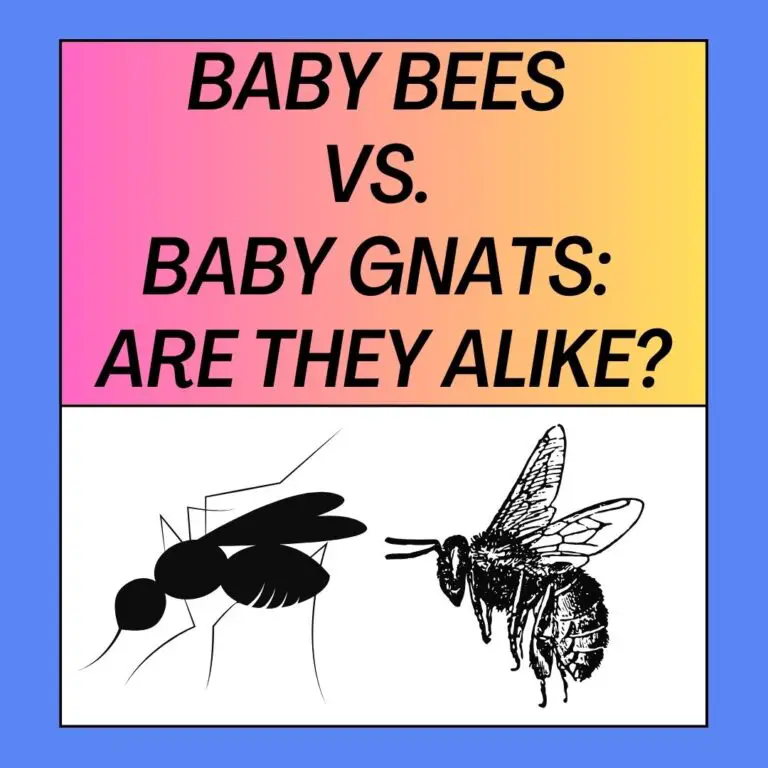
Yes, under certain circumstances, a bee can join a new hive. This behavior is known as “robbing” or “hive robbing,” and it typically occurs when a bee from one colony attempts to enter another hive and steal its resources, such as honey or nectar. However, this process is not always successful and can lead to confrontations between bees from different hives.
Here’s how it works:
Robbing Behavior: Robbing behavior is most commonly observed among honeybees (Apis mellifera). When a colony faces food shortages or is weakened for any reason, worker bees may venture out in search of additional resources.
Entering a New Hive: A bee from a weak or resource-depleted colony may attempt to enter a stronger, more productive hive belonging to a different colony. It will often fly near the entrance of the foreign hive, attempting to gain access.
Defensive Response: Bees guarding the entrance of the target hive will recognize the intruder bee as a potential threat. They will engage in defensive behavior to prevent the intruder from entering.
Confrontations: Confrontations can occur as the intruder bee attempts to access the hive’s resources. Guard bees from the target hive may engage in physical combat with the intruder bee, attempting to prevent it from entering.
Outcome: The outcome of a robbing attempt can vary. In some cases, the intruder bee may successfully enter the target hive and steal resources. In other cases, the defending bees may repel or kill it.
Robbing behavior can also facilitate the transmission of diseases between hives. If an intruder bee from a diseased colony enters a healthy hive, it can introduce pathogens, potentially affecting the health of the target colony.
It’s important to note that while robbing behavior is a natural response to food shortages in honeybee colonies, beekeepers often take steps to prevent it. Beekeepers may reduce hive entrances to make it easier for guard bees to defend against intruders. Additionally, providing adequate food sources for bee colonies can help reduce the likelihood of robbing behavior.
Bees from one colony can attempt to enter a new hive and steal its resources, a behavior known as robbing. However, this behavior can lead to confrontations between bees from different hives, and the outcome can vary. Beekeepers take measures to prevent robbing and maintain the health and stability of their colonies.
Honeybees Welcome Friendly Migrants, But Repel Raiders
Honeybees exhibit intriguing social behavior when it comes to welcoming visitors to their hives. While they may be receptive to friendly migrants or newcomers, they are vigilant in repelling potential raiders or intruders.
Welcoming Friendly Migrants: Honeybee colonies are known to be highly organized and cooperative. When a new bee, such as a young worker bee, returns to the hive after foraging or scouting, it is generally welcomed by the other members of the colony. These newcomers contribute to the hive’s overall productivity by bringing in nectar, pollen, or water.
Communication Within the Hive: Honeybees communicate through a complex system of pheromones, vibrations, and dances. When a bee returns with valuable resources, it communicates its findings to other bees, providing information about the location and quality of the food source.
Division of Labor: Different bees have specific roles and tasks within a honeybee colony. Worker bees are responsible for foraging and collecting resources, while other bees, such as nurse bees and guard bees, have different functions within the hive.
Repelling Raiders: On the other hand, honeybees are highly protective of their hive and its resources. When bees from a foreign hive or potential intruders approach the entrance, guard bees stationed at the hive entrance will defend the colony. These guard bees are vigilant in repelling any bees that do not carry the hive’s distinctive scent or pheromones.
Robbing Behavior: In cases of resource scarcity or when a hive becomes weakened, robbing behavior can occur. This involves bees from one colony attempting to enter and steal resources from another hive. Guard bees play a crucial role in preventing such robber bees from gaining access.
Robust Defense Mechanisms: The guarding and defensive behavior of honeybees is a testament to the colony’s cohesion and commitment to protecting its resources, particularly in the face of potential threats.
Do Bees Socialize With Bees From Other Hives?
Honeybees primarily socialize with bees from their hive or colony. Social interactions among honeybees are highly structured and cooperative within the confines of their specific colony. Bees from different hives typically do not socialize, and interactions between bees from different colonies are more likely to be competitive or defensive.
Here’s how it works:
Within the Hive: Honeybee colonies consist of thousands of individual bees, each with specific roles and tasks. Worker bees, for example, perform various duties such as foraging, nursing the brood, and tending to the queen. These tasks are organized and coordinated within the colony.
Cooperative Behavior: Bees within the same hive work together in a highly cooperative manner to maintain the hive, care for the brood (young bees), and collect resources such as nectar and pollen. They communicate through pheromones, body language, and dances to convey information about the location of food sources and other important hive activities.
Division of Labor: Honeybee colonies exhibit a division of labor, with bees specializing in specific tasks based on their age and physiological development. For example, younger worker bees are often tasked with nursing and tending to the brood, while older workers may become foragers.
Defensive Behavior: Bees within the same colony also cooperate in defending the hive against potential threats, such as predators or intruders from other species. Guard bees stationed at the hive entrance detect and repel threats.
Interactions with Other Colonies: When bees from different colonies encounter each other, it is more likely to be in competitive or defensive situations. For example, foraging bees from one colony attempting to access another colony’s resources can lead to confrontations and defensive behavior. This behavior is especially common during robbing attempts, where bees from one colony try to steal honey or resources from another.
Conclusion
In summary, honeybees socialize and cooperate within their hive or colony. Social interactions are essential for the functioning and productivity of the colony. Interactions with bees from other hives are typically competitive or defensive, especially when it involves protecting the hive’s resources or defending against potential threats.






